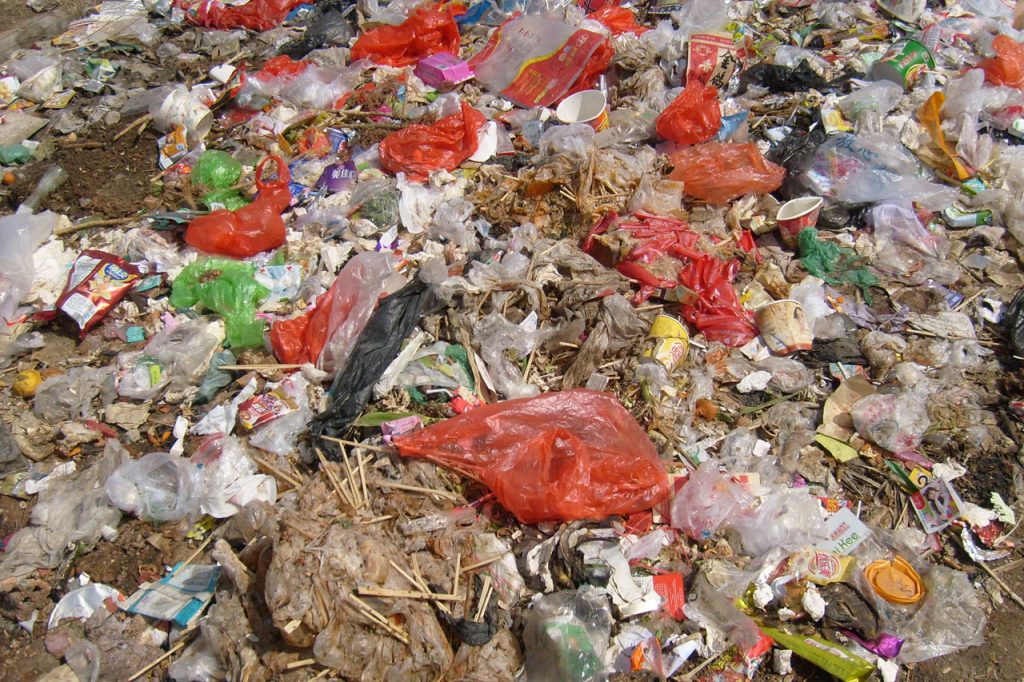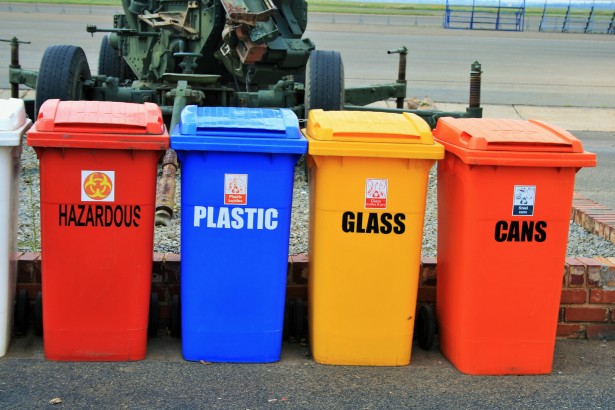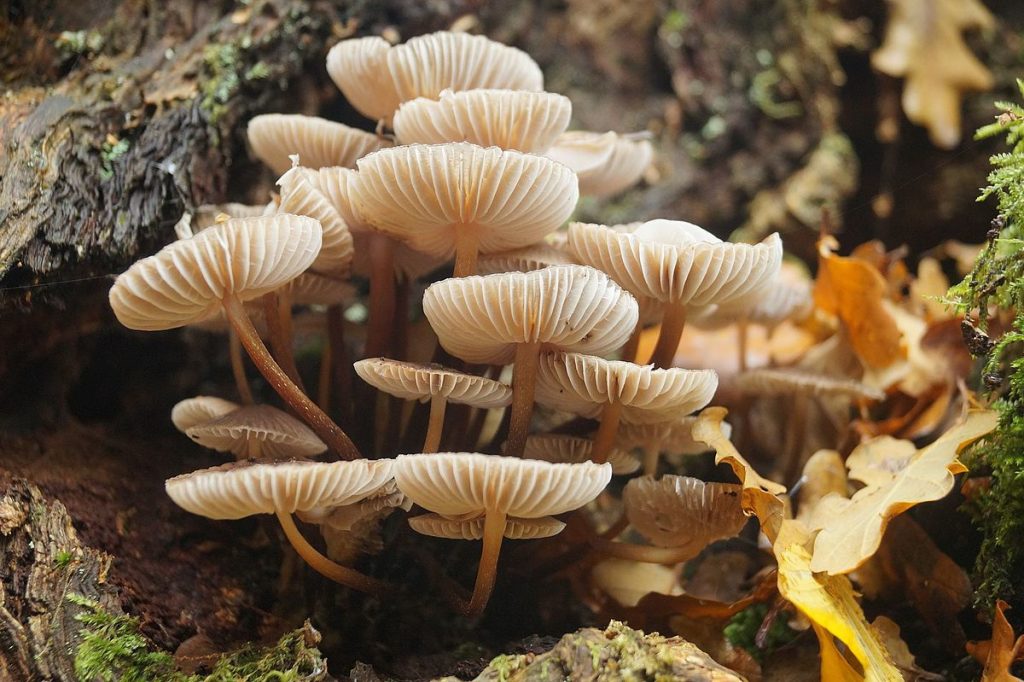Let’s be honest: the plastic crisis looks pretty grim. If you visit commercial beaches, you’ve likely seen cola bottles wedged in the sand or fishing lines wrapped around driftwood. City dumpsters overflow with plastic bags carrying smaller plastic bags like a morbid Russian nesting doll, and chances are, you’re throwing your trash in there, too. This article isn’t some rant about how we’re all doomed, but it’s worth discussing how our reliance on plastic isn’t great for the planet. It’s also worth talking about what we can do to fix the problem.

In 2021, businesses manufactured an estimated 390.7 million metric tons of plastic — that’s what was put out in one year — not counting the millions of tons from previous years. It sure is persistent for a material we’ve been using for less than a century and takes hundreds of years to decompose (if it can at all). Plastics are synthetic polymers usually made by using carbon atoms from methane gas or petroleum fossil fuels. Hydraulic fracturing, or fracking, is the often pollutive process used to mine fossil fuels from the earth. Ethylene and polyethylene extracted from the fossil fuels form resins that create different types of plastic. You may think: “but we can just recycle it!” If only it were that simple.

The Organization for Economic Co-operation and Development reported that less than 10% of plastic is recycled globally. Less than 6% of plastic in the United States was recycled in 2022. A report to the World Wildlife Fund surveyed public opinions concerning the environment. They found that over 50% of respondents agreed that businesses producing plastic should also be responsible for reducing plastic waste. The same survey found that 77% of respondents felt plastic reliance was inescapable. But what if there was an alternative? What if there was a naturally-occurring and biodegradable solution growing almost everywhere on earth?
Rivers are the main pathways through which plastic reaches the oceans:
— The Ocean Cleanup (@TheOceanCleanup) February 24, 2023≈100,000 ocean-bound rivers worldwide
≈1,300,000 m3 of water moves from rivers to oceans (over 500 Olympic-sized swimming pools) every second,
bringing up to 125 kg of plastic downstream – every second pic.twitter.com/OSHSD8nz2w
Some scientists believe mushrooms could be the key to reducing our plastic footprint. Mushrooms are fungi that grow in damp, shady locations, often springing up from nature’s litter: animal byproduct, plant matter and anything else you throw into the compost. They aid in the decomposition process for all organisms and are one of the most accessible and sustainable crops to grow. Mushroom cultivation emits less carbon dioxide while requiring less land and water than other crops. See? These fungi are more than lunch ingredients and psychedelics.
Orange mushrooms seen today on a rainy walk. pic.twitter.com/f08g9oTSvU
— Ash (@avoidasher) February 22, 2023
If mushrooms can clean up nature’s messes, they can help clean ours, too. Mycelium is a fibrous, root-like attachment that absorbs nutrients for a fungus. In addition, mycelia grow fast, making them optimal farming materials. Deloitte predicts that sustainability will play a large part in global trade as material regulations escalate and consumers care more about eco-friendly products. Wouldn’t you prefer your to-go containers and padded packaging to return to the earth? Mycelium makes it possible. It’s grown indoors on vertical shelves where farmers can control the thickness. Mycelium blends well with hemp and corn husks to create sturdy bricks lasting around 30 years in dry conditions while remaining completely biodegradable. Mushrooms are flame-resistant and hydrophobic while safe to burn, wet and bury.

Plenty of companies such as Ikea and Dell sell glass products, and they’re confident enough to trade styrofoam packaging for mycelium alternatives. Dell released a statement on its website, stating, “As we strive to deliver zero-waste packaging, nature provides an excellent template. By growing (yes, growing) cushions made from mushrooms, we are taking a circular approach to our design, turning agricultural waste into an alternative to petroleum-based foams for select shipments.”
Dell's mushroom packaging looks good – what a lovely organic shape! #sustainable #respsonsible #packagingconsultant https://t.co/B8gfsQRaSj
— morefromlessglobal (@morefromless_) September 16, 2016
Mushroom packaging extends beyond objects because now there are biodegradable coffins. Bob Hendrikx of Loop Biotech invented the Living Cocoon to replace wooden coffins that sit underground for eternity. His invention dares to ask if we’re waste or compost when we die, and the answer is for consumers to decide. Don’t worry, the mycelium-made Living Cocoon is still an actual coffin, but rather than decomposing in a permanent box, your burial method will decompose with you. Poetic, isn’t it?
Dutch biotech company Loop recently unveiled their “Living Cocoon” coffin. The mushrooms in the coffin transform dead organic matter (dead body) into nutrients that enrich, and clean, the earth around it. #Loop #LivingCocoon #Coffin #Vice #TalkDeath pic.twitter.com/LGtHJJEOse
— TalkDeath (@TalkDeathDaily) December 12, 2020
If you don’t want to be insulated in mycelium one day, that’s okay, but at least consider insulating your house with the stuff. Yep, fungus is coming for fiberglass too. Ecovative Design’s Greensulate takes longer to catch fire than polystyrene-based insulation, which is good from a fire-safety standpoint. It’s easier to install and replace, too.
Greensulate is a prototype of a wall insulation grown from seed hulls and fungal mycelium. Greensulate will char but it won’t melt or ignite when in contact with a naked flame. Image from Material District. #construction #materials #technology pic.twitter.com/2TTryC4sAi
— Bobtrade (@BobtradeHQ) August 16, 2018
As if mushrooms weren’t cool enough being the future of food, vegan leather, medicine and materials, they’re also capable of eating plastic. A group of Yale University students observed how the Pestalotiopsis microspore mushroom can not only break down plastic with its enzymes, but it can absorb nutrients to live from it. This fungus doesn’t need oxygen, either, so it can thrive in landfills. Fungus combined with the power of plastic-munching bacteria are ready to break down our garbage.
Another version of the fairy ring mushrooms for #funguary pic.twitter.com/LPlGqGkBHI
— Jennie (@fairydropart) February 18, 2023
While we have a lot of “mush-room” to grow when it comes to taking care of our planet, fungus is an essential part of the journey.


























